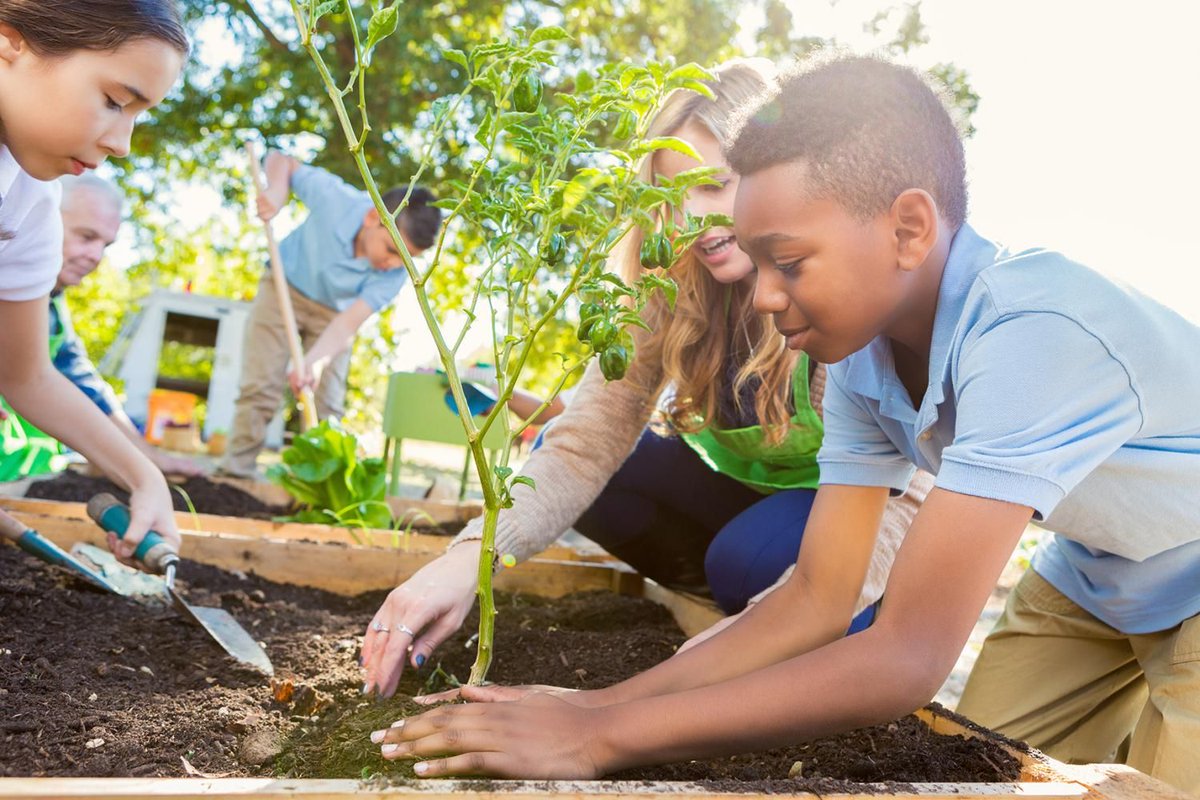Today’s parents often lament the fact that kids don’t play enough outside like we did when we were growing up.
Almost everyone feels better when they get fresh air and sunshine, but we don’t always have the time – or a place nearby – in which the family can get out and enjoy nature.
But a new study has resulted in some surprising findings that show how much we need “green space,” especially our kids.
The Danish study published in the Proceedings of the National Academy of Sciences finds that children living near a natural area may reap some major benefits as adults.
Growing up near a park, forest, or lots of acreage with trees and fields has been shown to decrease the development of a variety of mental illnesses by over 50 percent!
And the longer a child lives in a natural area, the greater the lifetime benefit.
Lead researcher Kristine Engemann and her team gathered data on all Danish citizens, recording the percentage of the population diagnosed with mental health disorders and then comparing the data to satellite images of where they lived.
The bottom line? The more green space we live near, and the longer we live near it, the healthier we are.
Researchers found that the association between “green space” exposure as children and mental health disorders as adults is profound.
The team even adjusted their findings to take into account adult risk factors, such as financial and social status and family history.
Children who grew up around large, green spaces like parks or forests were also found to have significantly lower stress levels as adults, and over a 50 percent decreased risk for drug or alcohol abuse.
People raised in an urban setting “have been found to have higher neural activity linked to stress processing, which could lead to higher risk of psychiatric disorders in adults,” said Engemann, as reported by U.S. News and World Report.
Much of the information gathered in the study may seem to be common-sense. Kids who play outdoors in calm, safe, sunny environments get more physical activity, burn off restless energy, are exposed to less screen time.
But the positive impact of rural versus urban living in this study is the most conclusive yet.
Even if families live in a city or congested suburb, the benefits of regular trips to parks and gardens make the time and effort well worthwhile.
Engemann hopes this study will help to preserve green spaces as cities and towns grow and develop all over the world.
“For city planners, our results suggest that green space might contribute large health benefits across the population, and maintaining or even increasing green space in residential areas could potentially lead to significant health benefits,” she tells U.S. News and World Report.
Project Evergreen also reports on some obvious – and not so obvious – scientifically-proven benefits to living near large green spaces.
They offer privacy and a sense of peace by blocking traffic noise and bright lights.
A 30-year study of communities also shows that when cities and towns protect and promote green spaces, crime decreases and the self-esteem of residents increases.
These spaces increase the appeal of communities and foster relationships between residents and significantly reduce stress in both children and adults.
Having access to green spaces can make us healthier by reducing blood pressure and tension, can help us focus (including sharper focus in children in school), and reduce feelings of anxiety.
Perhaps more surprising, though, is that children who have lots of access to green spaces can see a decrease in symptoms of Attention Deficit Disorders, both ADD and ADHD.
And a University of Illinois study even showed that when young girls are exposed to green spaces, they are better able to handle challenges such as peer pressure, bullying, and sexual pressure as teens and young adults, according to Project Evergreen.
Studies have even shown that the simple act of having lots of plants in the home and in classrooms improves our concentration.
Kids who attend school in localities with lots of green space – or if there are a lot of plants in their classrooms and trees on school grounds – are less apt to “daydream” or lose focus in class.
Studies have also found that people recover from illness faster when they recuperate in a natural environment. It has even been proven that patients in hospitals recover more quickly when they have a view of green space from the window of their hospital room!
It’s pretty amazing what nature can do for us.
Natural, green environments that allow for unrestricted play, reduce noise and help us to slow down and enjoy the day have limitless benefits for our physical and emotional well-being.
So get out there and find some green space near you! Make a habit of spending time in those wide-open spaces with your kids and see just how much it improves everyone’s health and mood.
Do you take time to experience and explore green spaces near you? Leave us your comments.

